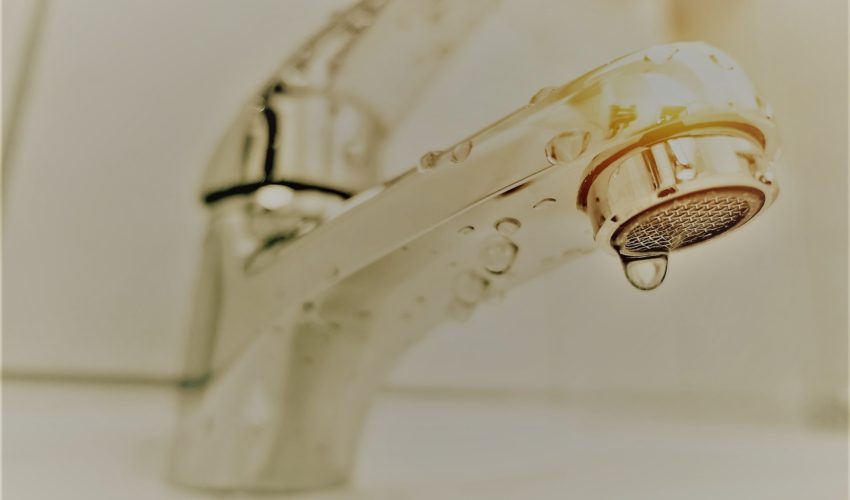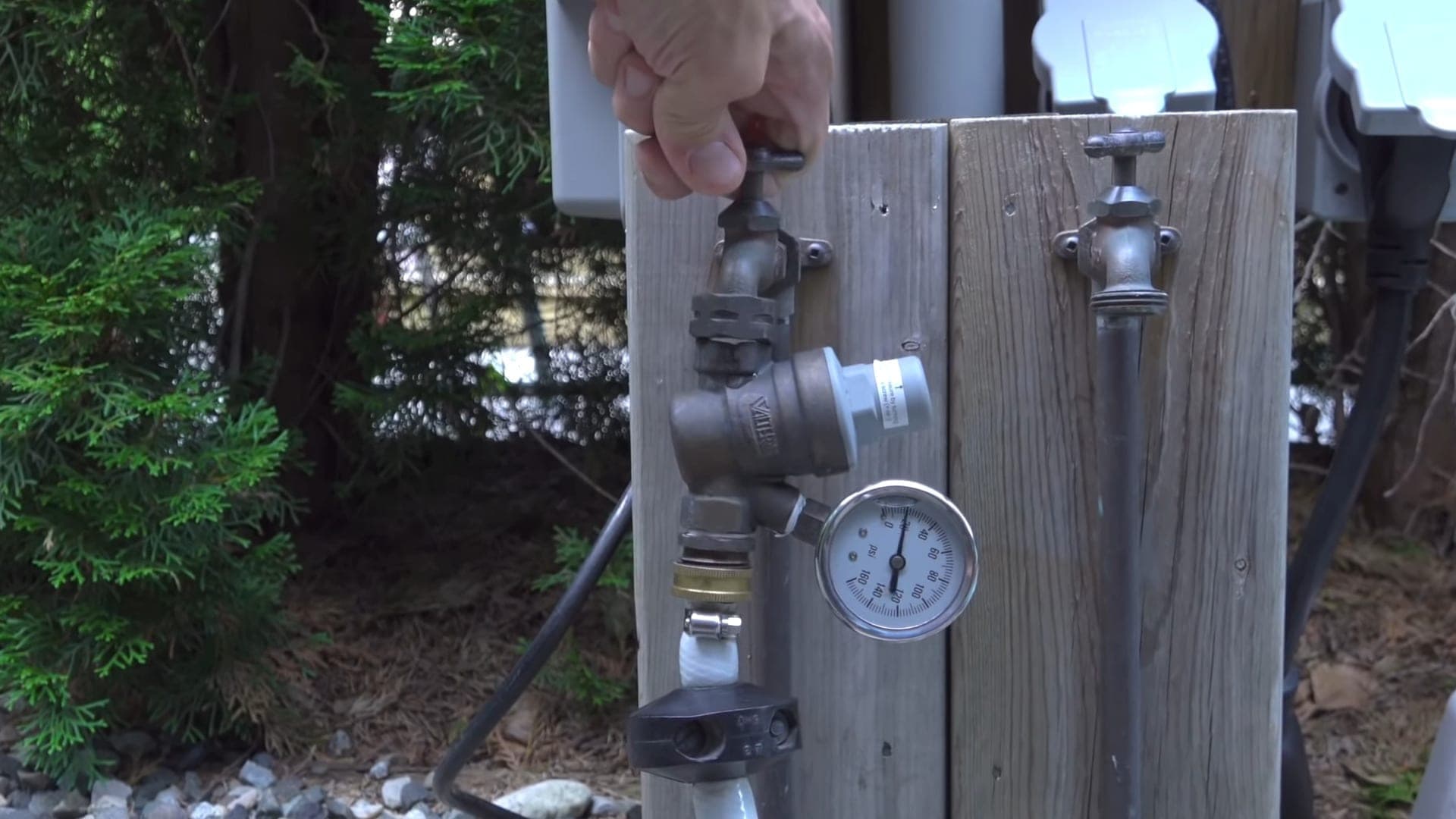Effective Tactics for Fixing Low Water Pressure in Your Home
Effective Tactics for Fixing Low Water Pressure in Your Home
Blog Article
Every person has their own theory with regards to Dealing with Low Water Pressure in Your Home.

Low water pressure in your home can be an irritating issue, impacting every little thing from showering to cleaning meals. If you're experiencing weak water circulation, there are numerous feasible reasons and solutions to discover. In this overview, we'll go over typical factors for low tide pressure and useful steps to attend to the concern efficiently.
Intro to Low Water Stress
Low tide stress occurs when the flow of water from your taps, showers, and various other components is weak than normal. This can make day-to-day tasks much more challenging and less reliable. Recognizing the sources of low water pressure is vital to discovering the right service.
Typical Causes of Low Water Pressure
Faulty Pressure Regulators
Stress regulators are responsible for keeping constant water stress in your house. If they malfunction, it can lead to low water pressure or unequal circulation throughout your house.
Local Supply Of Water Issues
In some cases, the trouble lies outside your home. Local water system problems, such as main line leaks or upkeep work, can briefly minimize water stress in your location.
Pipe Obstructions
Gradually, pipes can come to be obstructed with natural resource, debris, or particles, restricting the circulation of water. This is an usual issue in older homes with galvanized steel pipelines.
Corrosion
Deterioration within pipelines can result in leaks and minimized water pressure. Rust accumulation can tighten water flow, particularly in maturing plumbing systems.
Just How to Diagnose Low Tide Stress
Checking Pipelines
Check visible pipelines for signs of leakages, deterioration, or obstructions. Pay attention to any type of unusual audios, such as banging or rattling pipelines, which can indicate issues within the plumbing system.
Consulting with a Plumber
If you're not able to pinpoint the reason for low water pressure, consider working with an expert plumber to conduct a thorough assessment. They can identify underlying problems and recommend ideal services.
Checking Taps and Components
Beginning by examining the water stress at various faucets and fixtures throughout your home. If the problem is separated to specific locations, it may suggest localized problems.
Do It Yourself Solutions to Take Care Of Low Tide Pressure
Flushing Water Heater
Debris buildup in the hot water heater can restrict flow and minimize performance. Purging the storage tank regularly aids remove debris and keep optimum efficiency.
Inspecting Stress Regulatory Authority
Make sure that the pressure regulator is functioning correctly. Adjusting or changing the regulatory authority can assist bring back correct water stress throughout your home.
Cleansing Aerators and Showerheads
Mineral deposits can collect in aerators and showerheads, decreasing water circulation. Eliminate and clean up these elements regularly to boost water stress.
Cleaning Clogs in Piping
For small obstructions, try using a plumbing serpent or chemical drainpipe cleaner to clear obstructions in pipelines. Beware when using chemicals and comply with safety guidelines.
When to Call a Professional Plumber
If DIY initiatives fall short to solve the problem or if you presume substantial plumbing issues, it's ideal to look for assistance from an accredited plumber. They have the competence and tools to resolve intricate concerns securely and effectively.
Preventive Measures to Keep Water Stress
Mounting a Stress Booster
Consider installing a pressure booster pump to enhance water stress in areas with regularly reduced flow. This can be particularly valuable for multi-story homes or buildings with high-demand components.
Surveillance Water Usage
Bear in mind water use practices and avoid ill-using the plumbing system. Basic modifications, such as staggering showers and washing tons, can aid maintain ample water stress.
Regular Maintenance
Set up routine maintenance for your plumbing system to avoid issues such as deterioration, leaks, and clogs. Dealing with minor problems early can help prevent even more considerable repair services later.
Conclusion
Handling low water stress can be irritating, yet identifying the underlying reasons and executing ideal remedies can recover optimum flow throughout your home. Whether it's cleaning aerators, evaluating pipes, or talking to a plumber, taking positive actions can guarantee a consistent supply of water for your day-to-day needs.
FOUR WAYS TO FIX LOW WATER PRESSURE NOW
Turning on a shower or faucet only to find the water comes out in a sad, slow drizzle is never a good feeling. How exactly are you supposed to wash a pan or take a quick shower when it takes 10 minutes just to rinse off a little soap? The good news is that when your water pressure is bad, there's always a cause: typically one that can be easily fixed. Here are some of the most common causes of low pressure and what you can do to fix the issue:
DEBRIS AND MINERAL DEPOSIT BUILDUPS
If you notice low water pressure from just one or two of the fixtures in your house, the problem likely has to do with debris buildup. Water is full of minerals and other debris, all of which can accumulate in your pipes and on your fixtures. This can cause a blockage that affects how much water flows through. To fix this, try filling a small plastic bag with white vinegar, and use a rubber band to hang it around your showerhead or faucet. Let the head of the fixture soak for a few hours, and the vinegar should loosen the deposits.
WATER LEAKS
Leaks are another common cause of low water pressure. If water is flowing out of your plumbing through a hole or crack before it can reach your fixture, the pressure coming out of the faucet or showerhead will be lower. A plumbing professional is your best bet for finding and repairing a leak in your water supply pipes.
Leaks are another common cause of low water pressure. If water is flowing out of your plumbing through a hole or crack before it can reach your fixture, the pressure coming out of the faucet or showerhead will be lower. A plumbing professional is your best bet for finding and repairing a leak in your water supply pipes.
A VALVE ISSUE
If you have low water pressure throughout your home, check your main shut-off valve to make sure it's completely open. You may also want to see if there's a pressure-reducing valve installed. If there is, have a plumber help you adjust the settings to get the pressure you're looking for.
OTHERS USING WATER
Believe it or not, your low water pressure could be caused by your neighbors. If you notice low pressure at certain times of day, it may be because you and the people living next to you have similar schedules - when everyone is showering at the same time, the pressure will be lower in every home. Low pressure throughout the neighborhood may also be caused by an issue with your municipal water supply. If that's the case, call the supplier to see if they're working on the issue.
https://www.rotorooter.com/blog/water-leaking/low-water-pressure-fixes/

I am just very focused on 4 Ways to Troubleshoot Low Water Pressure and I really hope you appreciated the entire entry. Remember to pause to promote this blog if you enjoyed it. I cherish reading our article about .
Click Here Report this page